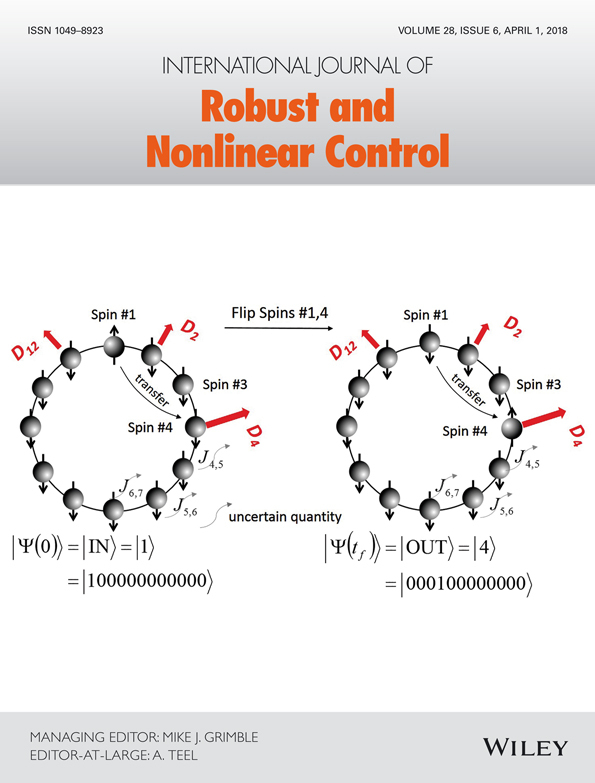Formation control of rigid graphs with flex edges
Summary
This paper studies a distance-based formation control problem of multiagent systems, in which each agent uses only relative positions of its neighbors with respect to its own coordinate system. First, we provide an analysis for the properties of the undesired equilibria-corresponding 2 specific formations, ie, a triangle group in 2-dimensional space and a tetrahedron group in 3-dimensional space. Then, we consider the formation of multiagent systems whose interaction graph consists of a rigid group and an extra node. Although the extra node may have an additional control input, the desired formation where all interagent distance constraints are satisfied is asymptotically stable. If the rigid group is a triangle in 2-dimensional space or a tetrahedron in 3-dimensional space, any undesired equilibrium is unstable. In these cases, the desired formations are almost globally asymptotically stable. Finally, we extend these results to a more general formation, which is a series of rigid groups connecting via flex edges.




